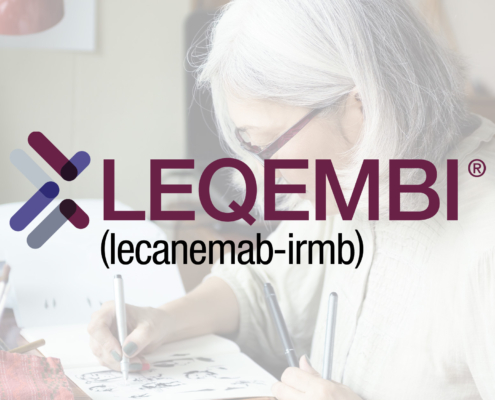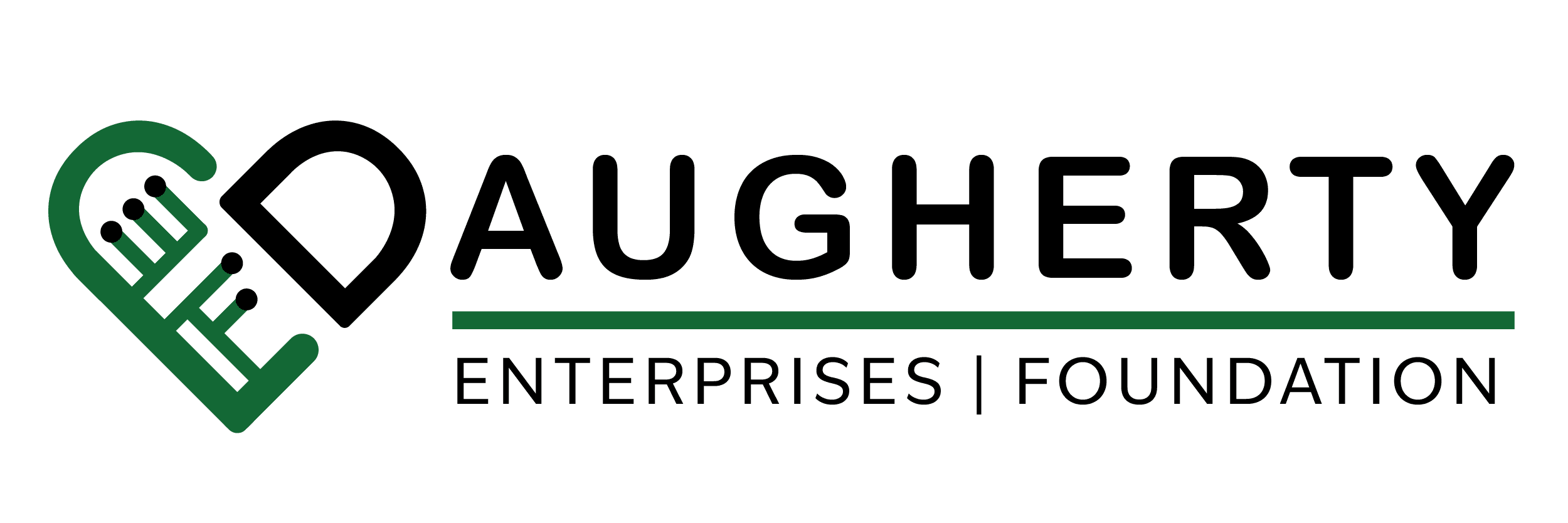Exercise, Nutrition, and Alzheimer’s: Connecting the Dots
While there’s no guaranteed way to prevent Alzheimer’s, growing research shows that you have more influence than you might think.
While there’s no guaranteed way to prevent Alzheimer’s, growing research shows that you have more influence than you might think.

Lifestyle choices around exercise and nutrition can play a powerful role in protecting brain health—even for those already facing an Alzheimer’s diagnosis. Here’s what the latest science says about connecting the dots between Alzheimer’s, exercise, and nutrition.
Researchers are uncovering more every year about the link between healthy habits and reduced dementia risk.
According to a comprehensive study published in Nature Reviews Neurology, about 40% of dementia cases worldwide could potentially be prevented or delayed by addressing modifiable lifestyle factors like physical activity and diet. (source)
Similarly, the National Institute on Aging (NIA) emphasizes that staying physically active, eating healthy foods, and maintaining social engagement are among the strongest strategies to promote brain health and possibly delay the onset of Alzheimer’s disease. (source)
While no lifestyle changes can eliminate risk completely, these findings underscore something powerful: your daily choices matter.
Physical activity doesn’t just benefit your heart and muscles—it also directly strengthens your brain.
According to the Alzheimer’s Society, regular exercise improves blood flow to the brain, encourages the growth of new neurons, and reduces inflammation—factors all linked to lower dementia risk. (source)
Some of the strongest benefits of exercise include:
How much exercise is actually recommended?
The World Health Organization (WHO) suggests at least 150 minutes of moderate-intensity aerobic activity (like brisk walking) per week for adults over 65, coupled with muscle-strengthening activities twice a week.
Even modest physical activity can help—it’s consistency that matters most.
What you eat fuels your brain as much as your body. Several dietary patterns have been associated with a reduced risk of cognitive decline, especially the Mediterranean and MIND diets.
The MIND diet, developed by researchers at Rush University Medical Center, specifically targets brain health and has been shown to lower Alzheimer’s risk by up to 53% in people who follow it rigorously. (source)
Key features of a brain-healthy diet include:
These foods are rich in antioxidants, fiber, healthy fats, and vitamins that protect neurons and reduce brain inflammation.
Find out how Daugherty Enterprises is investing in Alzheimer’s innovations on our partners page:
Lifestyle habits don’t stop mattering after an Alzheimer’s diagnosis—in fact, they become even more essential to maintaining dignity, independence, and quality of life.
Here’s what a “model day” for an Alzheimer’s patient could look like when incorporating brain-healthy exercise and nutrition choices:
After a good night’s sleep, the day might begin with light stretching or chair yoga to loosen stiff joints and stimulate circulation. A 10–15 minute walk outdoors, even just around the block, offers not only physical exercise but also exposure to fresh air and sunlight—both of which can boost mood and cognitive function.
Breakfast should be simple but nourishing: perhaps oatmeal topped with berries (rich in antioxidants) and a small handful of walnuts or almonds. Hydration starts early, with a glass of water or herbal tea, setting the tone for the day ahead.
Around mid-morning, structured social engagement—such as a community art class, a puzzle session, or simply visiting with a neighbor—helps keep cognitive pathways active and spirits lifted.
Lunch focuses again on brain-healthy foods: maybe a grilled salmon salad rich in Omega-3 fatty acids, dressed lightly with olive oil. If needed, meals should be served in a simplified, uncluttered way to avoid overwhelming choices.
Caregivers might also use midday as a gentle check-in: encouraging hydration, assessing energy levels, and adjusting the afternoon’s activities accordingly.
The early afternoon could include another round of light exercise, like tai chi, chair exercises, or water aerobics, if available. Strength training—even using just body weight or light resistance bands—helps preserve balance and mobility, both of which are critical for maintaining independence.
Afterward, it’s time for a healthy snack: perhaps apple slices with peanut butter or Greek yogurt with a drizzle of honey. The key is that the snack should be easy to eat and rich in nutrients and comfort.
As the sun sets, structure becomes even more important. Familiar evening routines—like a quiet dinner, calming music, or a favorite TV show—help ease the transition toward rest. Dinner could be something like roasted chicken with steamed broccoli and brown rice: nutritious, low in processed additives, and easy to digest.
Limiting caffeine and heavy sugars in the evening minimizes the chances of sleep disruptions.
Bedtime should feel consistent and unhurried, with a dimmed environment, warm lighting, and calming cues that signal the day’s peaceful end.
The Bottom Line:
For those living with Alzheimer’s, consistency, nourishment, and movement aren’t luxuries—they’re lifelines. While no schedule is one-size-fits-all, incorporating these habits can dramatically improve physical health, emotional well-being, and cognitive resilience.
At Daugherty Enterprises, we’re committed to empowering families, researchers, and caregivers with practical, innovative Alzheimer’s solutions.
If you’re ready to be part of a future where Alzheimer’s is no longer feared but fought with innovation and compassion, reach out to us today. Together, we can help build stronger, healthier tomorrows.
 https://daughertyenterprises.com/wp-content/uploads/2025/09/Why-Cognitive-Engagement-Matters.jpg
1250
2000
Abstrakt Marketing
/wp-content/uploads/2025/03/Daugherty-Foundation-Logo.png
Abstrakt Marketing2025-09-26 09:00:082025-11-30 09:50:04Alzheimer’s Prevention: Why Cognitive Engagement Matters More than Ever
https://daughertyenterprises.com/wp-content/uploads/2025/09/Why-Cognitive-Engagement-Matters.jpg
1250
2000
Abstrakt Marketing
/wp-content/uploads/2025/03/Daugherty-Foundation-Logo.png
Abstrakt Marketing2025-09-26 09:00:082025-11-30 09:50:04Alzheimer’s Prevention: Why Cognitive Engagement Matters More than Ever https://daughertyenterprises.com/wp-content/uploads/2025/09/Understanding-Leqembi.jpg
1250
2000
Abstrakt Marketing
/wp-content/uploads/2025/03/Daugherty-Foundation-Logo.png
Abstrakt Marketing2025-09-22 08:51:502025-11-30 09:50:04Understanding Leqembi: A Potential Breakthrough in Alzheimer’s
https://daughertyenterprises.com/wp-content/uploads/2025/09/Understanding-Leqembi.jpg
1250
2000
Abstrakt Marketing
/wp-content/uploads/2025/03/Daugherty-Foundation-Logo.png
Abstrakt Marketing2025-09-22 08:51:502025-11-30 09:50:04Understanding Leqembi: A Potential Breakthrough in Alzheimer’s https://daughertyenterprises.com/wp-content/uploads/2025/09/An-Overview-of-the-U.S.-POINTER-Trial-Results.jpg
1250
2000
Abstrakt Marketing
/wp-content/uploads/2025/03/Daugherty-Foundation-Logo.png
Abstrakt Marketing2025-09-10 09:26:172025-11-30 09:50:04An Overview of the U.S. POINTER Trial Results
https://daughertyenterprises.com/wp-content/uploads/2025/09/An-Overview-of-the-U.S.-POINTER-Trial-Results.jpg
1250
2000
Abstrakt Marketing
/wp-content/uploads/2025/03/Daugherty-Foundation-Logo.png
Abstrakt Marketing2025-09-10 09:26:172025-11-30 09:50:04An Overview of the U.S. POINTER Trial Results https://daughertyenterprises.com/wp-content/uploads/2025/09/Medical-professional-looking-at-blood-test.jpg
1250
2000
Abstrakt Marketing
/wp-content/uploads/2025/03/Daugherty-Foundation-Logo.png
Abstrakt Marketing2025-09-04 08:06:012025-11-30 09:50:05Blood Tests for Alzheimer’s: Reviewing the Fujirebio and C2N Tests
https://daughertyenterprises.com/wp-content/uploads/2025/09/Medical-professional-looking-at-blood-test.jpg
1250
2000
Abstrakt Marketing
/wp-content/uploads/2025/03/Daugherty-Foundation-Logo.png
Abstrakt Marketing2025-09-04 08:06:012025-11-30 09:50:05Blood Tests for Alzheimer’s: Reviewing the Fujirebio and C2N Tests https://daughertyenterprises.com/wp-content/uploads/2025/08/Leading-Alzheimers-Treatments-Whats-New-and-Whats-Next.jpg
1250
2000
Abstrakt Marketing
/wp-content/uploads/2025/03/Daugherty-Foundation-Logo.png
Abstrakt Marketing2025-08-18 15:16:202025-11-30 09:50:05Leading Alzheimer’s Treatments: What’s New and What’s Next
https://daughertyenterprises.com/wp-content/uploads/2025/08/Leading-Alzheimers-Treatments-Whats-New-and-Whats-Next.jpg
1250
2000
Abstrakt Marketing
/wp-content/uploads/2025/03/Daugherty-Foundation-Logo.png
Abstrakt Marketing2025-08-18 15:16:202025-11-30 09:50:05Leading Alzheimer’s Treatments: What’s New and What’s Next https://daughertyenterprises.com/wp-content/uploads/2025/08/Two-people-walking-at-park.jpg
1250
2000
Abstrakt Marketing
/wp-content/uploads/2025/03/Daugherty-Foundation-Logo.png
Abstrakt Marketing2025-08-06 12:59:532025-11-30 09:50:05Setting a Daily Routine for Alzheimer’s Patients: Our Guide
https://daughertyenterprises.com/wp-content/uploads/2025/08/Two-people-walking-at-park.jpg
1250
2000
Abstrakt Marketing
/wp-content/uploads/2025/03/Daugherty-Foundation-Logo.png
Abstrakt Marketing2025-08-06 12:59:532025-11-30 09:50:05Setting a Daily Routine for Alzheimer’s Patients: Our Guide https://daughertyenterprises.com/wp-content/uploads/2025/08/Lab-technician-looking-at-brain-scans-on-computer-in-lab.jpg
1250
2000
Abstrakt Marketing
/wp-content/uploads/2025/03/Daugherty-Foundation-Logo.png
Abstrakt Marketing2025-08-06 12:34:452025-11-30 09:50:05How is Alzheimer’s Diagnosed? A Walkthrough
https://daughertyenterprises.com/wp-content/uploads/2025/08/Lab-technician-looking-at-brain-scans-on-computer-in-lab.jpg
1250
2000
Abstrakt Marketing
/wp-content/uploads/2025/03/Daugherty-Foundation-Logo.png
Abstrakt Marketing2025-08-06 12:34:452025-11-30 09:50:05How is Alzheimer’s Diagnosed? A Walkthrough https://daughertyenterprises.com/wp-content/uploads/2025/08/Person-in-wheelchair-talking-with-younger-adult-on-couch.jpg
1250
2000
Abstrakt Marketing
/wp-content/uploads/2025/03/Daugherty-Foundation-Logo.png
Abstrakt Marketing2025-08-04 13:49:052025-11-30 09:50:05How to Talk to Someone With Alzheimer’s
https://daughertyenterprises.com/wp-content/uploads/2025/08/Person-in-wheelchair-talking-with-younger-adult-on-couch.jpg
1250
2000
Abstrakt Marketing
/wp-content/uploads/2025/03/Daugherty-Foundation-Logo.png
Abstrakt Marketing2025-08-04 13:49:052025-11-30 09:50:05How to Talk to Someone With Alzheimer’s https://daughertyenterprises.com/wp-content/uploads/2025/07/Nurse-taking-care-of-elderly-person-with-alzheimers.jpg
1250
2000
Abstrakt Marketing
/wp-content/uploads/2025/03/Daugherty-Foundation-Logo.png
Abstrakt Marketing2025-07-14 15:47:412025-11-30 09:50:06Charting Alzheimer’s Disease Progression: A Stage-by-Stage Analysis
https://daughertyenterprises.com/wp-content/uploads/2025/07/Nurse-taking-care-of-elderly-person-with-alzheimers.jpg
1250
2000
Abstrakt Marketing
/wp-content/uploads/2025/03/Daugherty-Foundation-Logo.png
Abstrakt Marketing2025-07-14 15:47:412025-11-30 09:50:06Charting Alzheimer’s Disease Progression: A Stage-by-Stage AnalysisDaugherty Enterprises helps people lead with empathy, clarity, and confidence through adaptive AI training. Our flagship platform, ACTS, empowers caregivers, first responders, and professionals to strengthen emotional intelligence and build meaningful human connections.
This site uses cookies. By continuing to browse the site, you are agreeing to our use of cookies.
AcceptLearn moreWe may request cookies to be set on your device. We use cookies to let us know when you visit our websites, how you interact with us, to enrich your user experience, and to customize your relationship with our website.
Click on the different category headings to find out more. You can also change some of your preferences. Note that blocking some types of cookies may impact your experience on our websites and the services we are able to offer.
These cookies are strictly necessary to provide you with services available through our website and to use some of its features.
Because these cookies are strictly necessary to deliver the website, refusing them will have impact how our site functions. You always can block or delete cookies by changing your browser settings and force blocking all cookies on this website. But this will always prompt you to accept/refuse cookies when revisiting our site.
We fully respect if you want to refuse cookies but to avoid asking you again and again kindly allow us to store a cookie for that. You are free to opt out any time or opt in for other cookies to get a better experience. If you refuse cookies we will remove all set cookies in our domain.
We provide you with a list of stored cookies on your computer in our domain so you can check what we stored. Due to security reasons we are not able to show or modify cookies from other domains. You can check these in your browser security settings.
We also use different external services like Google Webfonts, Google Maps, and external Video providers. Since these providers may collect personal data like your IP address we allow you to block them here. Please be aware that this might heavily reduce the functionality and appearance of our site. Changes will take effect once you reload the page.
Google Webfont Settings:
Google Map Settings:
Google reCaptcha Settings:
Vimeo and Youtube video embeds:
